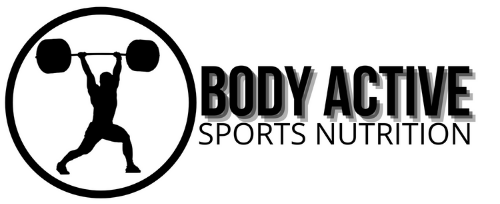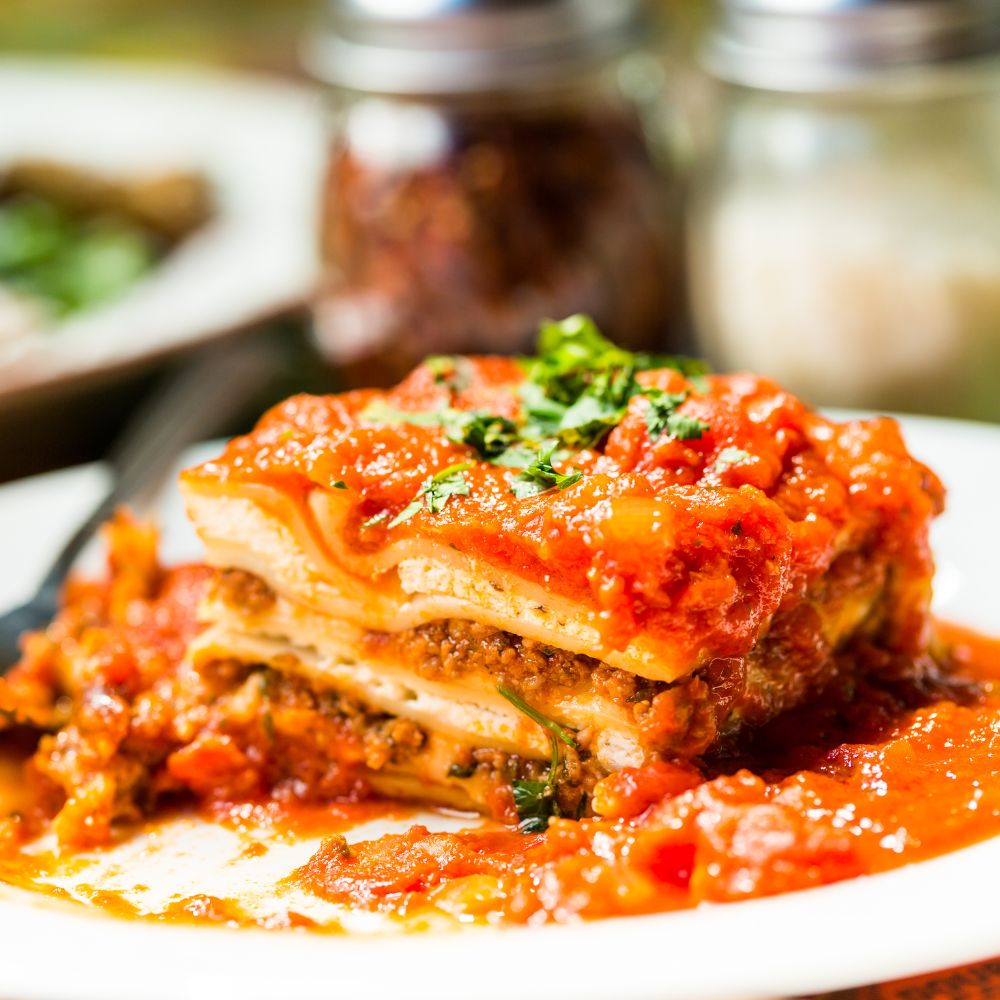When it comes to building muscle, nutrition is a crucial element that can’t be overlooked. Among the various dishes people enjoy, lasagna often comes to mind for its comforting layers and rich flavors. But is lasagna actually a good option for muscle gain? Let’s explore its nutritional profile and how it can fit into a muscle-building diet.
The Nutritional Breakdown of Lasagna
Lasagna is typically made with layers of pasta, meat, cheese, and sauce. Depending on the ingredients, its nutritional value can vary significantly. Here’s a closer look at the key components:
1. Carbohydrates for Energy
The pasta in lasagna provides a significant source of carbohydrates, which are essential for fueling your workouts. A standard serving of lasagna contains around 30-40 grams of carbohydrates, making it a good option for replenishing glycogen stores post-exercise. Carbohydrates play a vital role in energy production, especially during high-intensity training.
2. Protein Content
One of the critical factors for muscle gain is protein, and lasagna can provide a decent amount. Traditional lasagna often includes ground meat (like beef or turkey) and cheese, which contribute to its protein content. A typical serving can contain anywhere from 15 to 25 grams of protein, depending on the recipe and the types of meat and cheese used. Protein is essential for muscle repair and growth, making this an important aspect of lasagna’s nutritional profile.
3. Fats
Lasagna can also contain varying amounts of fat, primarily from the cheese and meat. While some fat is necessary for hormone production and overall health, it’s important to choose lean meats and moderate cheese to keep saturated fat levels in check. Opting for low-fat cheese or lean ground turkey can help create a healthier dish.
4. Vitamins and Minerals
Lasagna can provide various vitamins and minerals, especially if you add vegetables to the mix. Ingredients like spinach, zucchini, or bell peppers not only enhance the flavor but also boost the nutritional value. These veggies contribute vitamins A, C, and K, along with important minerals like calcium and iron.
How to Make Lasagna a Muscle-Building Meal
To maximize the muscle-building potential of lasagna, consider these tips:
1. Choose Whole Grain Pasta
Choose whole wheat or whole grain pasta over refined varieties. Whole grain pasta is higher in fiber and nutrients, which can aid digestion and provide sustained energy.
2. Load Up on Protein
Enhance the protein content by using lean ground meats, such as turkey or chicken. You can also add ricotta cheese, which is high in protein and adds a creamy texture. Consider incorporating legumes like lentils or chickpeas for a plant-based protein boost.
3. Incorporate Vegetables
Adding vegetables to your lasagna is a great way to increase its nutritional value. Spinach, mushrooms, and zucchini can add fiber, vitamins, and minerals without significantly increasing calories.
4. Opt for Healthy Sauces
Be cautious with sauces that are high in sugar or saturated fats. Tomato-based sauces are generally a better choice, as they are lower in calories and high in nutrients. For more control over the ingredients, consider making your own sauce.
5. Mind Your Portions
While lasagna can be nutritious, it’s easy to overindulge. Be mindful of portion sizes to ensure you’re balancing your calorie intake, especially if you’re focused on building lean muscle.
Conclusion
So, is lasagna good for muscle gain? Yes, when made with thoughtful ingredients and portion sizes! Lasagna provides a good balance of carbohydrates and protein, making it a viable option for post-workout meals. By choosing whole grain pasta, lean proteins, and adding plenty of vegetables, you can create a nutritious dish that supports your muscle-building goals. Enjoy lasagna as part of a balanced diet, and savor the delicious flavors while fueling your fitness journey!

